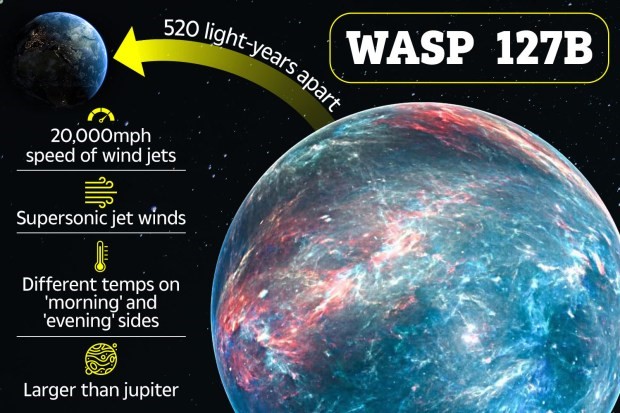Astronomers from the Indian Institute of Astrophysics (IIA) have recently spotted Far Ultraviolet (FUV) emissions from novae for the first time in the neighbouring Andromeda galaxy.
A binary star is a system of two gravitationally bound stars that orbit a common centre of mass called a barycentre.
Researchers from Ashoka Trust for Research in Ecology and the Environment (ATREE) have recently discovered 5 new species of the Darwin wasp from India and Thailand.

|
Scientific Name |
Location |
State |
|
Microleptes chiani |
Kalakad Mundanthurai Tiger Reserve |
Tamil Nadu |
|
Microleptes Gowrishankari |
Biligiri Ranganathaswamy Temple Tiger Reserve |
Karnataka |
|
Microleptes Sandeshkaduri |
Siang valley |
Arunachal Pradesh |
|
Microleptes Tehriensis |
Tehri |
Uttarakhand |
|
Microleptes depressus |
Thailand |
- |
A group of scientists recently discovered a new damselfish species, the Pearlescent Blue Damselfish, on the Lhaviyani Atoll in the Maldives.
Rolex Perpetual Planet initiative supports individuals and organizations using science to understand the world’s environmental challenges and devise solutions that will restore balance to our ecosystems.

Mesophotic Zone is brightly lit shallow waters and the ocean's darkest depths, like a “middle light” zone. Here, 30-150 meters beneath the surface, is the furthest that sunlight can penetrate the ocean.